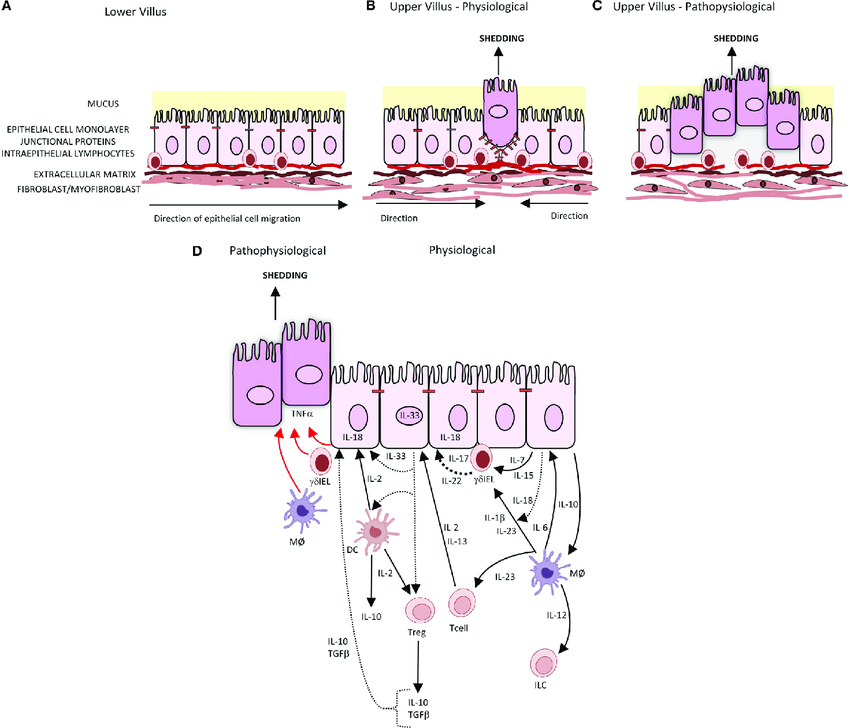In biology, the villi, also known as a villi cell, any of the numerous small, fluid, vascular extensions that increase the surface area of the villi-muscular envelope of the villi. Important villi linings include the pleura and the mucosal-membrane layer of the villi. The term "villi" comes from a Greek word meaning "small intestine."
Villi are an important component of all three digestive systems of the human body. In fact, they are most noticeable in the digestive tract. When a person has Crohn's disease or ulcerative colitis, the villi become inflamed and damaged.
When the villus cell becomes damaged, it produces more mucus, which can interfere with normal food digestion, causing discomfort. Fluid may start leaking from the villi, leading to diarrhea. The villi can secrete too much mucus, which can lead to cramps, bloating, and abdominal pain.
Villus cells have two main divisions: villous crescent and yellow villi. At the center of each villi is a network of nerve fibers called villous ganglia. Nerve fibers connect the neurons in the brain. Villi are made up of a series of neurons that transmit information between the brain and the rest of the body.
The villus cell produces two types of proteins called myosins that help move fluid in the villi. They also release a substance that allows water to pass through the villi. These two substances are secreted by specialized nerves in the villi.
The villi are made up of a complex network of nerves. When a person experiences a problem such as diarrhea or cramps, the villi contract and move. If you push down on the villi, it will push the myosin away from the myosin receptor (this will cause the villi to contract).
As the villi shrink myosin and the villi pass through the villi into the intestines, the myosin becomes trapped in the villas and becomes "stuck" in the villi. This causes inflammation. Then the villi are pressed against the villi and again pressed into the receptor and the clean pocket.

The villis also sends nerve signals back to the brain when the villis becomes irritated
These signals can cause the villis to produce chemicals that irritate the lining of the intestine and this leads to inflammation. This is what causes abdominal pain and cramping. When the villis contracts, the villis makes sure the contractile elements are able to pass through the villas and cause pressure on the villis. When the villis contracts too hard it will cause damage to the villi and allow fluid to flow out.
Inflammatory Bowel Disease is the main cause of villitis. When villitis occurs, the villis contractions cause inflammation and the villi become inflamed.
When the villis contract too much it causes inflammation and the villis releases more chemicals to try and stop the contractions. When the villis contracts too hard, the villis is damaged and the villi become weak and cannot release its myosin. and prevent the villi contractions.
When the villis contract too little, it creates a milieu where the myosin is unable to pass through the villis. When this occurs, the villi contractions continue to produce even more chemicals to try to contract the myosin and cause inflammation, thus causing the villis to produce more chemicals to try to keep the contractions at a minimum.
Over time, the contractions lead to the villis becoming damaged and eventually to shrink away. The villis can no longer produce its myosin and become weaker, and eventually fall off. This is what causes inflammation and can result in ulceration.
Some of the symptoms of villis contractions include: abdominal pain, bloating, nausea, abdominal pain, cramping, and cramp-like sensations. Also, there may be blood in the stool. When the villi contractions, you will not be able to eat and have constipation. Also, you may experience some mild loss of appetite.